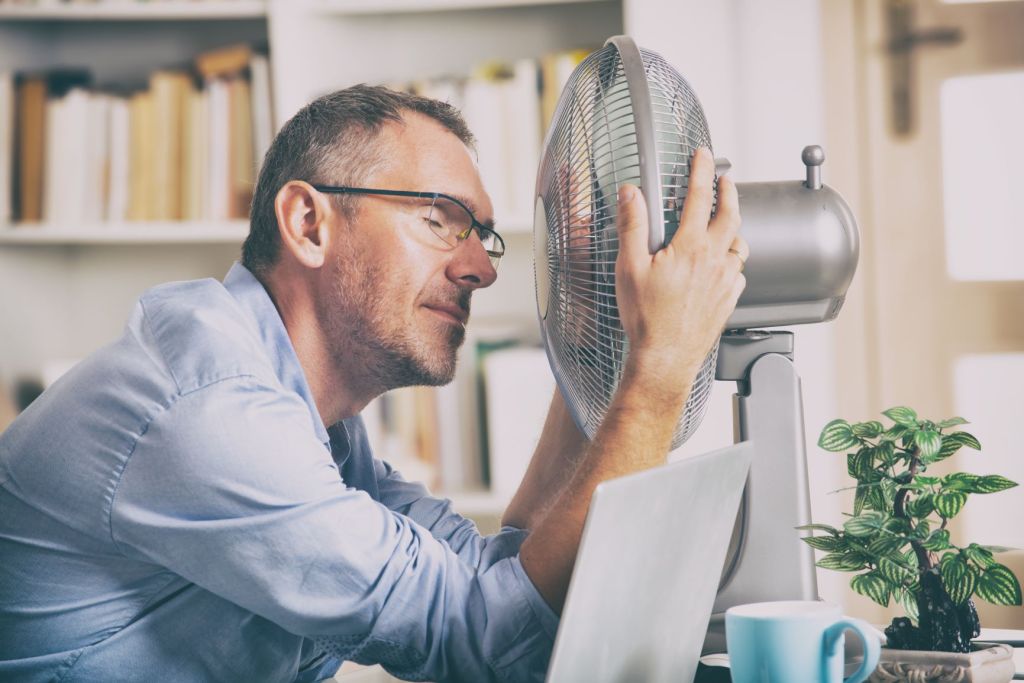Improving Comfort
3 Effective Strategies
Your tenant in the eastern wing is chronically cold. You’re fighting an uphill battle for safety as your tenant’s employees bring personal heaters into the space. In the western wing, however, your tenant’s employees can’t get cool enough. They complain of high energy bills while swearing the humidity will lead to mold problems. Uncomfortable tenants […]
